Writing this while sitting in a car on my way to Nyeri and Kirinyaga. After some days with loads of cupping we’ll be visiting Kamwangi and Gathaiti among other places.. Hopefully we can find a way to build in some more value to our relationships there. I am here with Kaya and Alena from Nordic Approach, and a bunch of roasters. Will be back at the cupping tables to finalize coffees the next few days.
Kenyans this year seems to be great in terms of flavors and profiles. So far it has been easier to find really great standouts compared to the last two years. We were here already early January to cup and start buying our selections. Already then there were great coffees to purchase, and we have our first coffees ready to be shipped early March, with arrival in Europe early April. We are here again now, end of February, to curate the next purchases, and after some days with cupping we have a lot to choose from. We will finalize purchases soon to get the next shipments lined up.
Qualities and flavors
We see a lot of coffees with great clarity and that fruit heavy, berry-like, and almost syrupy body. To us that’s the classic and complex Kenyan profile many are looking for. But there are also great variations, some are super bright and citric, others floral and almost tea-like. We are as always trying to buy a good range. We have also seen amazing AB’s this year, and will buy a good amount of those as well as the AA and PB as usual. But the quantity of Peaberry is low and the lots generally small.
There is a few things that concerns us a little One of them is that even some of the greatest coffees seems to be over dried. We have seen moisture levels down to 8,5% and water activity way below 0,4. Not yet sure what impact that has, but they are for sure difficult to roast. But we are finding good amounts of coffees at normal levels too, like 9,5 – 10,5% moisture with water activity above 0,45.
Arrivals and names
If all goes well we will have the first container of Kenyan deliciousness arriving early April. This will be a mix of lots from Karimikui, Gakuyuini and Kii Factories (Cooperative washing stations). We have also contracted coffees from Kamwangi, Kainamui and Gathaiti. Together with others these coffees should should come in from beginning of May to early June at the latest.
Pricing
The prices for us started slightly higher this year, in January, than last year. But they have been maintained and not really increased. So generally it seems like the price levels overall will be similar to last year. The highest prices paid for AA in the auctions has been around 15 USD/KG. But producers generally ask for prices around 8,50 – 9,50 USD/KG for good AB’s and 11 – 12 USD/KG for good AA’s. But you have to pay more for some of the very well known Cooperatives with great coffees. Then there is exporter fees and mark up, packaging cost, shipments etc. This means we will have Kenyans sold in the range between 13 – 17 USD/kg. As usual we do our AA’s in vacuum, and for AB’s and PB’s it’s a mix. Some in Grainpro and some in vacuum packs.
For many of the Cooperatives we buy from regularly we see samples of these before they potentially go in to auction. Or the exporters buy them on our behalf up front as they know they have the market for them. The prices are normally above the general auction prices, as you have to give them an additional premium as they often like to gamble from week to week on higher price levels. Most of these Cooperatives are also generally performing well and know they have additional market value. But they are also known for paying great percentages of the premiums back to the smallholders.
As always, purple is at origin and blue is afloat. We’ll be adding more coffees as we confirm them.
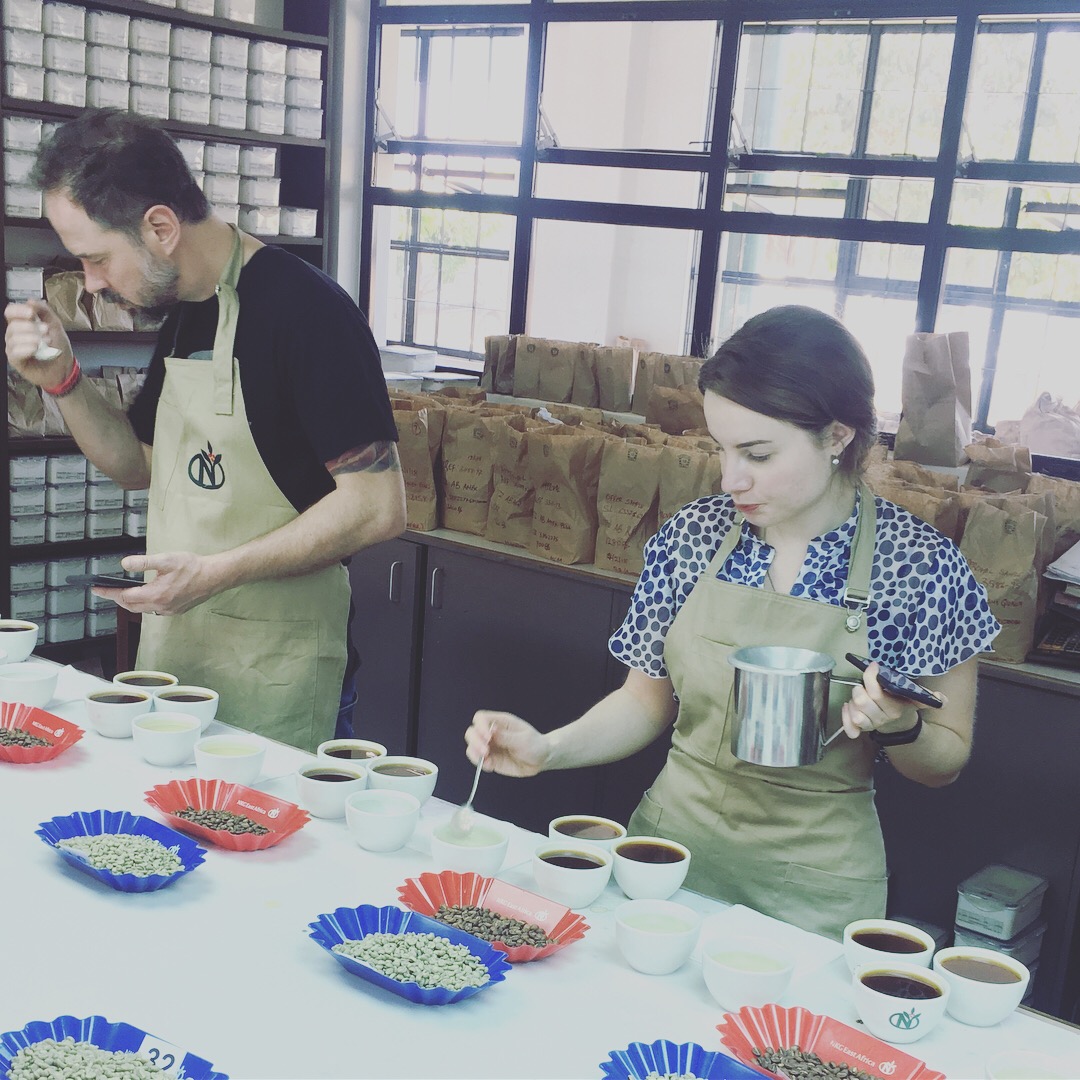
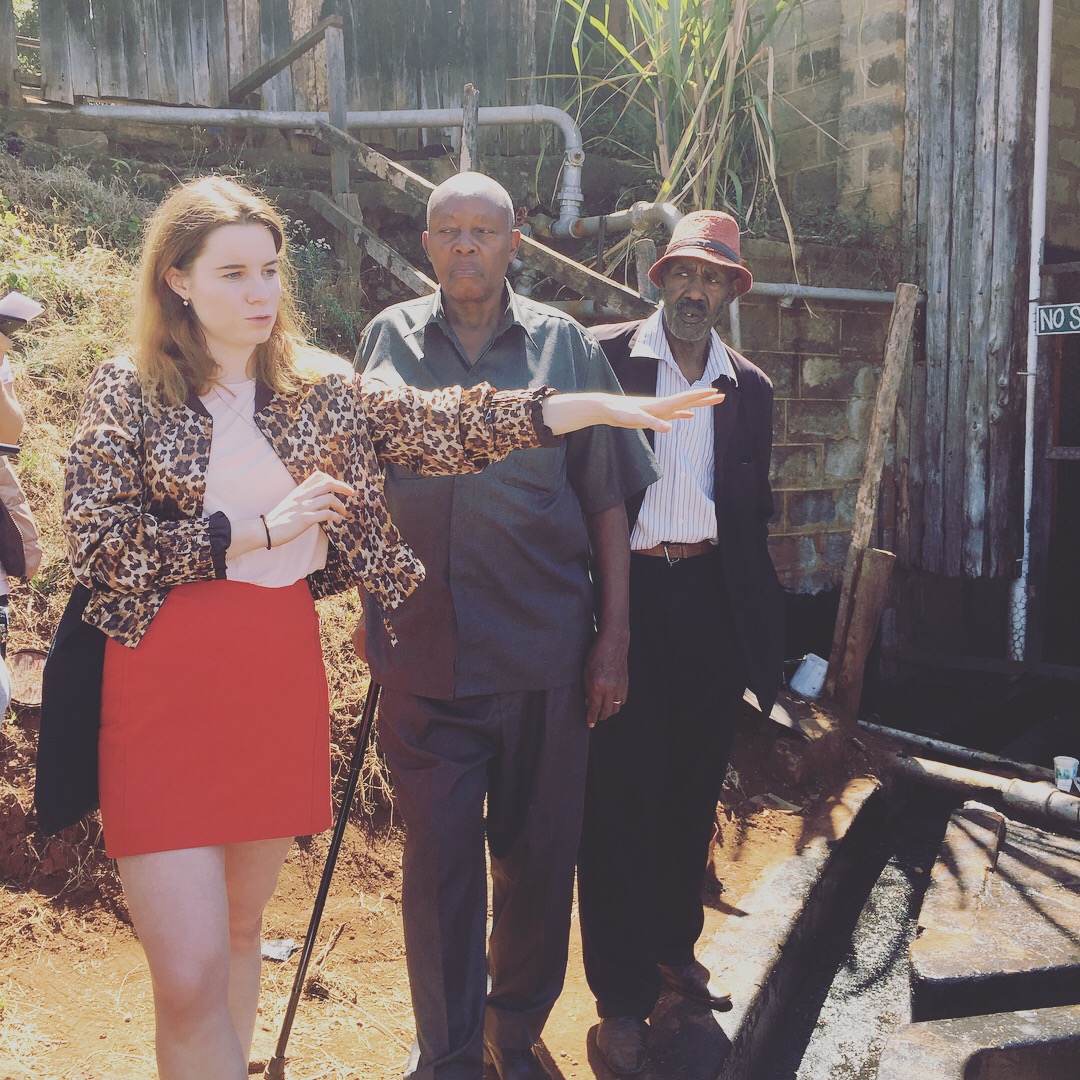


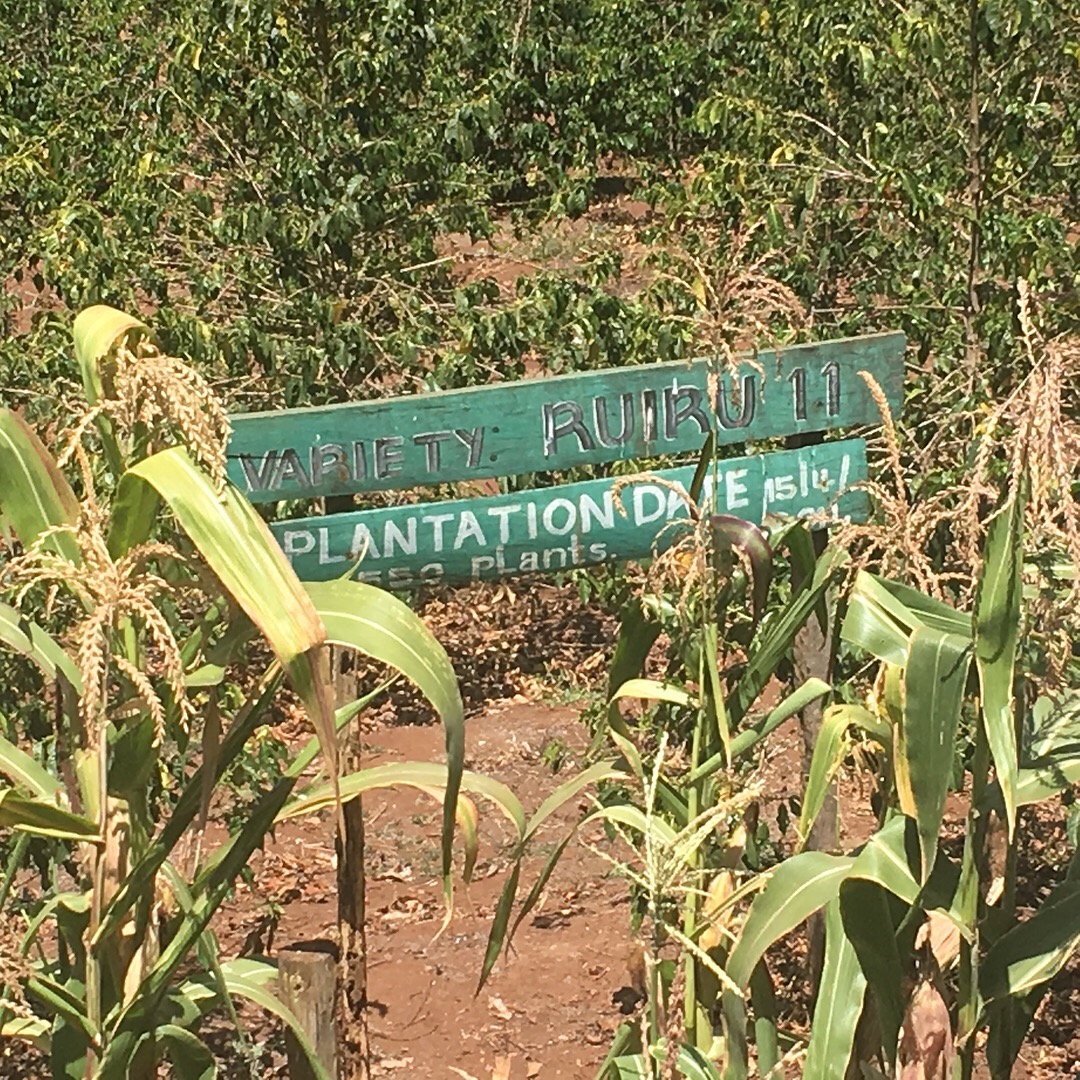
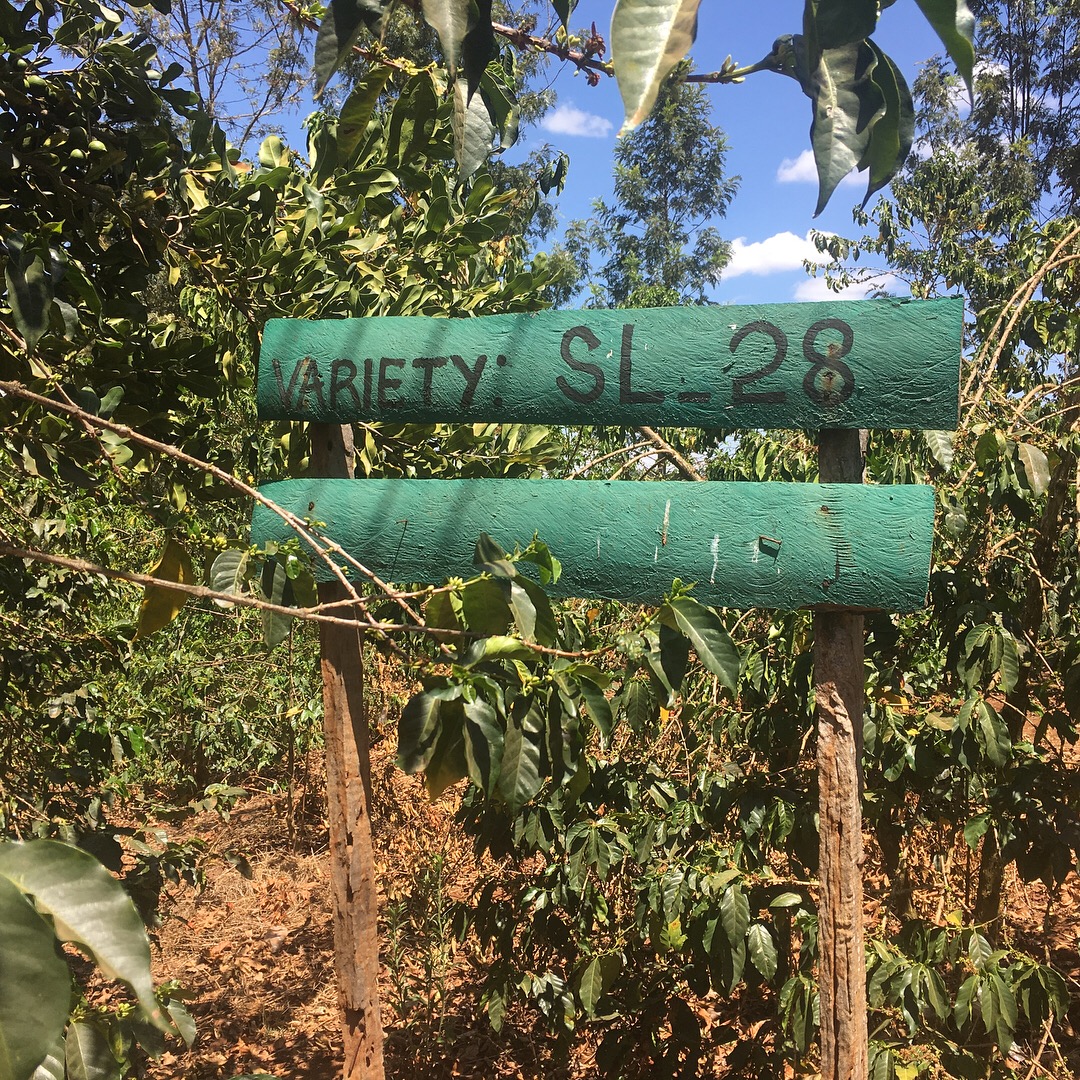
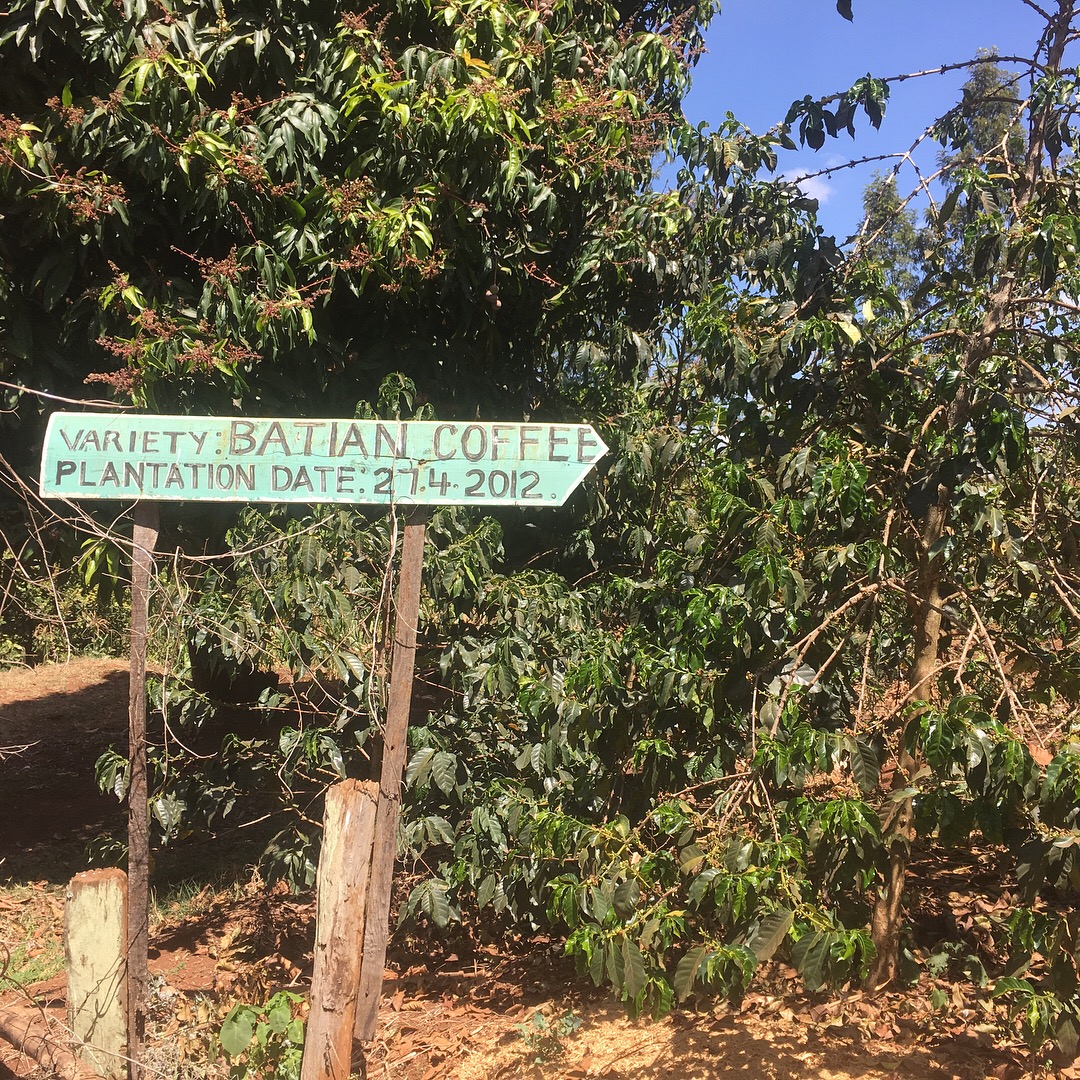
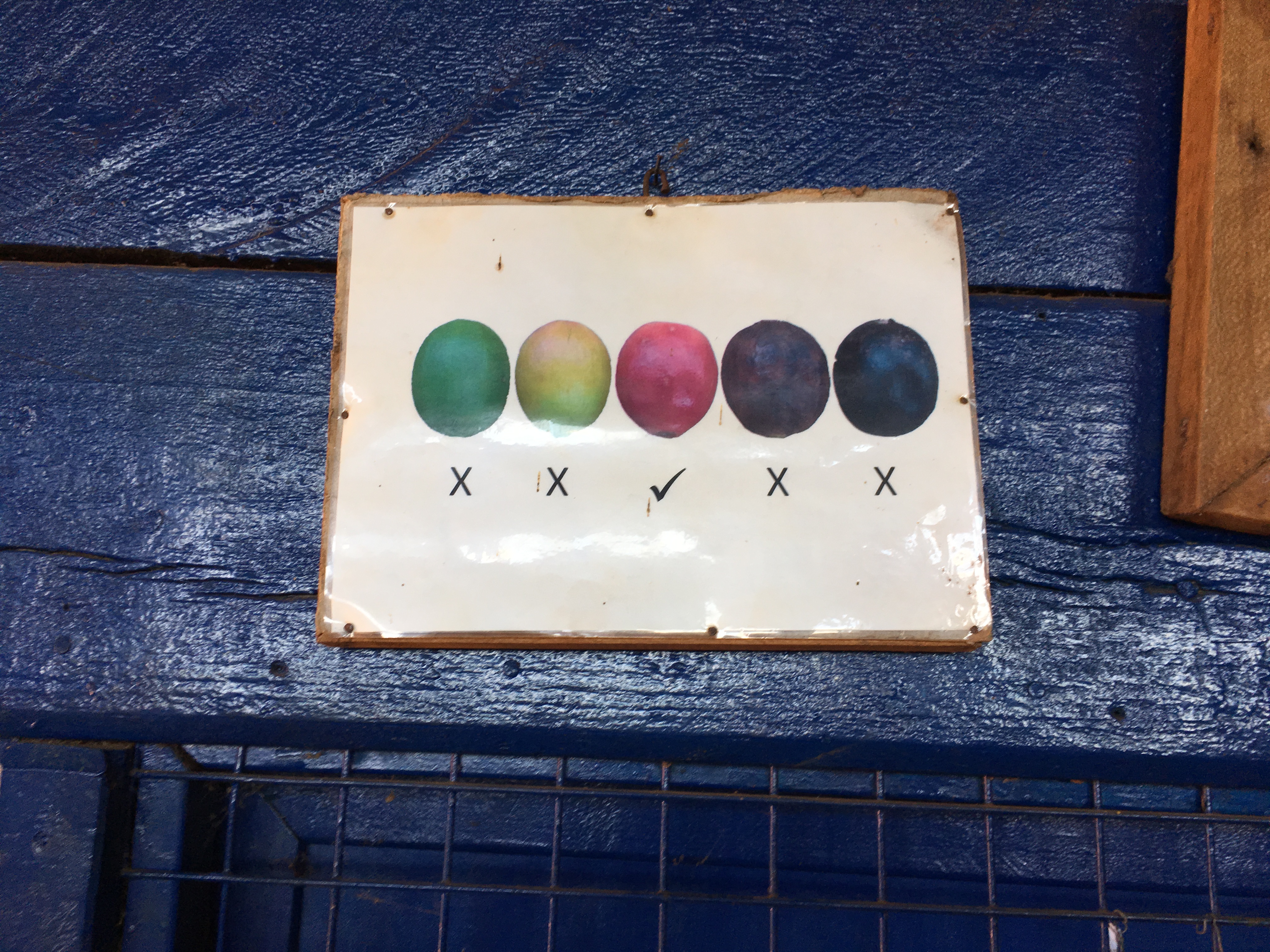
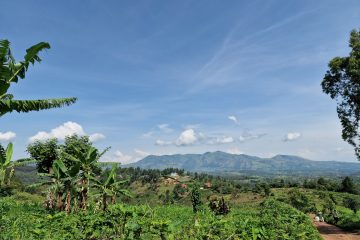
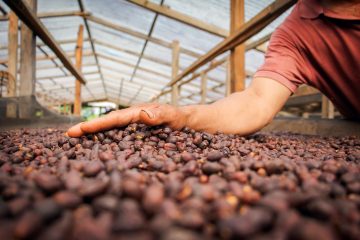
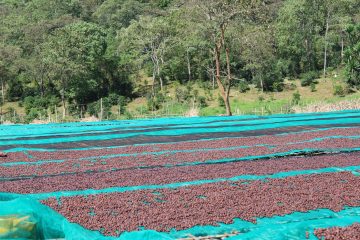
0 Comments